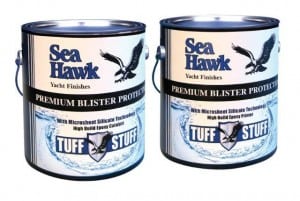Are you experiencing a drop in RPM on your high-performance boat? Your propeller might be the culprit. Understanding propeller troubleshooting is essential for maintaining peak performance on the water. Here are five signs indicating fouling issues that could be impacting your propeller’s RPM:
1. Reduced RPM without Engine Changes
If you notice a decrease in RPM without any changes to the engine or throttle settings, it could indicate fouling. This sign often points to a propeller clogged with debris or marine growth.
2. Vibrations During Operation
Excessive vibrations during operation are a clear indicator of propeller issues. Fouling, such as tangled fishing lines or seaweed wrapped around the propeller, can cause these vibrations, affecting RPM.
3. Unusual Noise Levels
An increase in unusual noise levels, such as rattling or humming, could signal fouling problems. Inspect the propeller for foreign objects or damage that might be hindering its performance.
4. Sluggish Acceleration
Fouling can lead to sluggish acceleration, impacting your boat’s ability to reach optimal speeds. If you’re experiencing delayed acceleration despite full throttle, it’s time to inspect the propeller.
5. Decreased Fuel Efficiency
An unexpected decrease in fuel efficiency could be linked to fouling issues with the propeller. When the propeller struggles due to fouling, it requires more power, resulting in increased fuel consumption.
Conclusion: Addressing Fouling Issues for Peak Performance
Maintaining a high-performance boat involves regular propeller maintenance and troubleshooting. If you’re encountering reduced RPM or any of the mentioned signs, promptly inspect the propeller for fouling issues. Clearing debris, cleaning the propeller, or seeking professional assistance can restore optimal RPM and performance.
In summary, understanding the signs of fouling issues affecting your propeller’s RPM is crucial for ensuring your high-performance boat operates at its best. Keep an eye out for these indicators and address any fouling promptly to enjoy smooth and efficient sailing experiences.
PropGlide® provides a highly effective solution to address propeller problems caused by fouling. PropGlide® specialized product is designed to prevent marine growth from adhering to propellers, significantly reducing fouling-related issues and their impact on propeller performance.

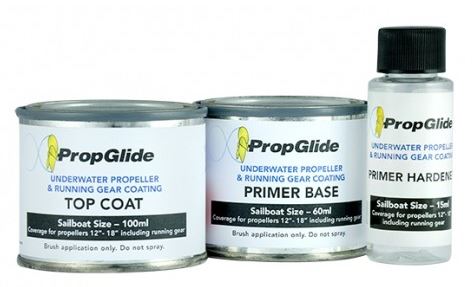
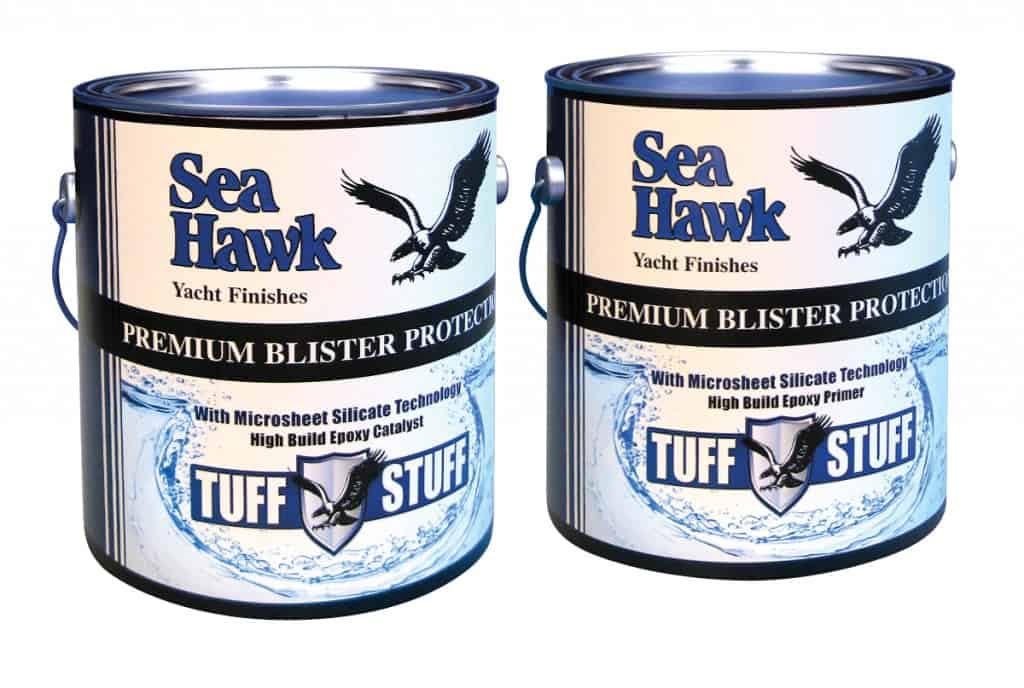
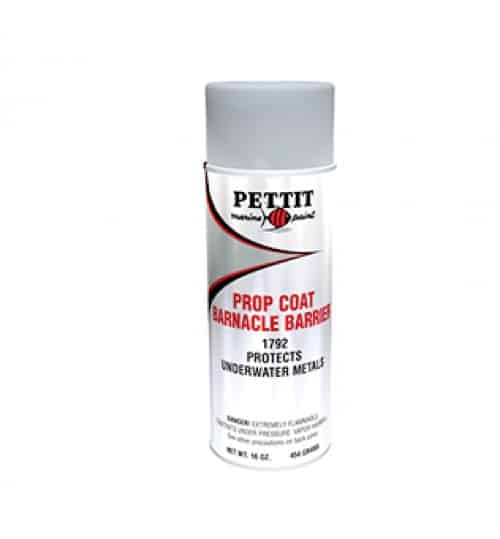
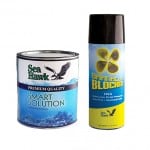
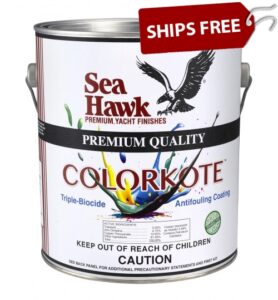 When painting an aluminum outdrive you must use a copper-free bottom paint. There are a couple of different brands out there: Interlux, Blue Water Marine, and Sea Hawk to name a few. However, you will get the best possible results with
When painting an aluminum outdrive you must use a copper-free bottom paint. There are a couple of different brands out there: Interlux, Blue Water Marine, and Sea Hawk to name a few. However, you will get the best possible results with 